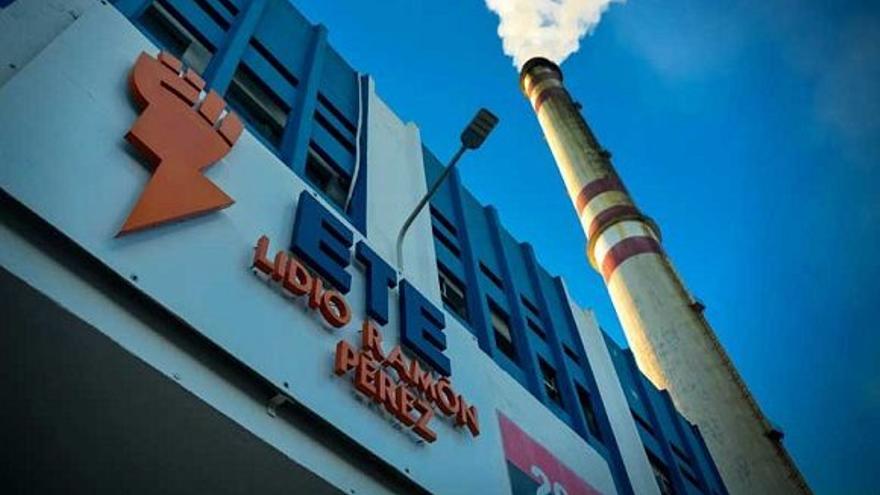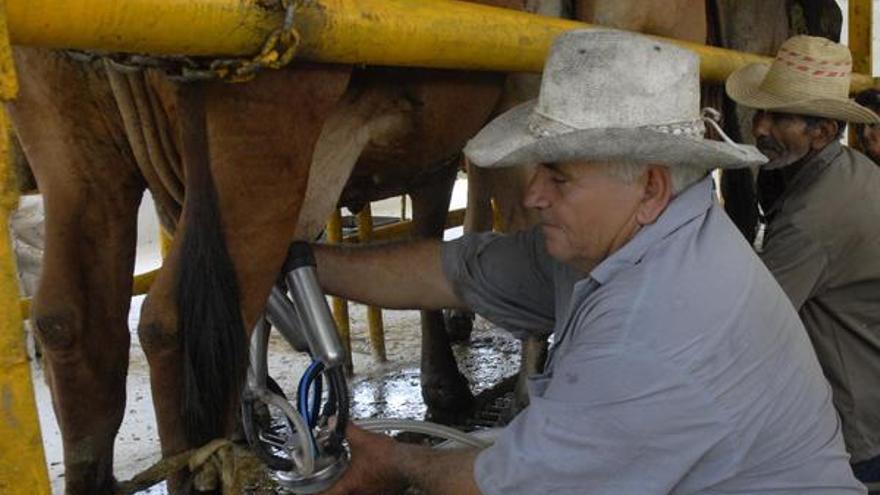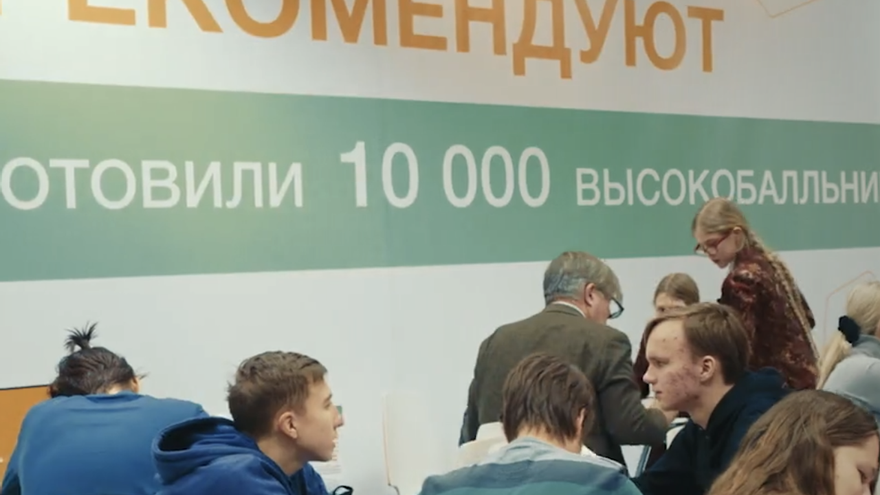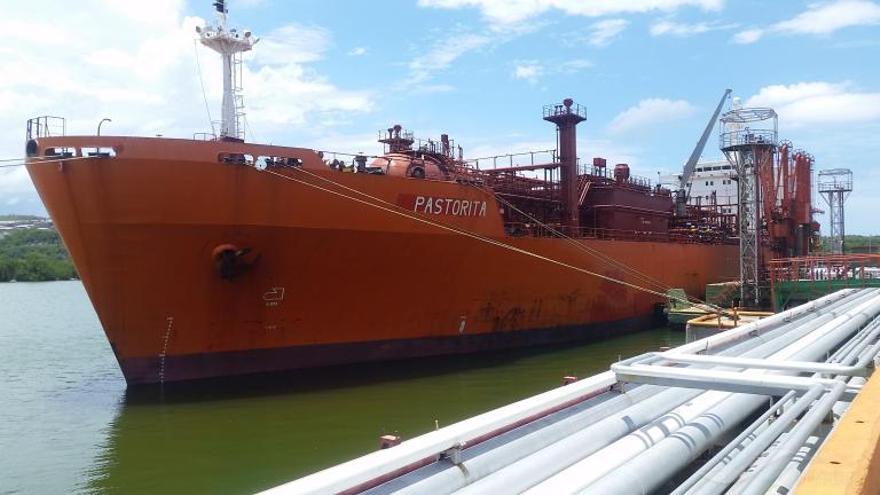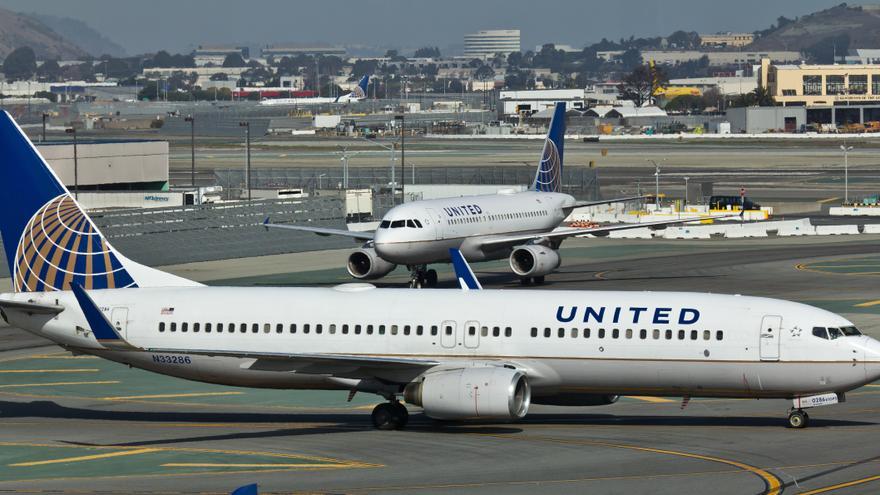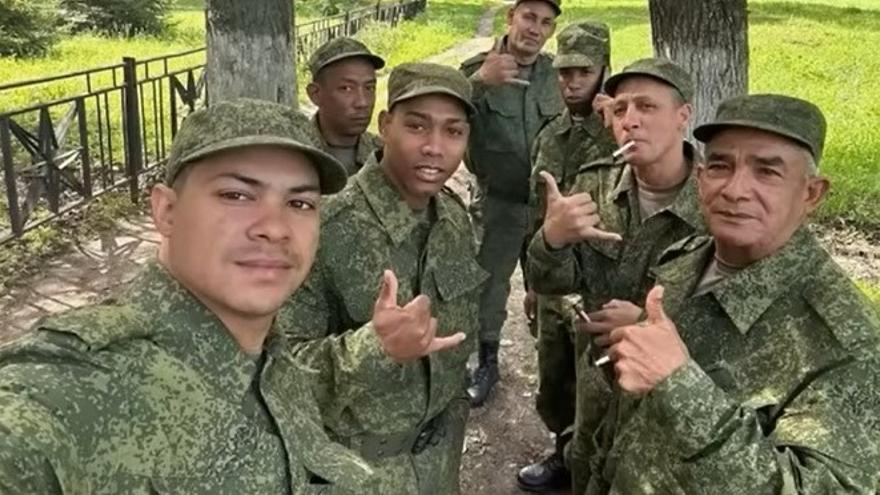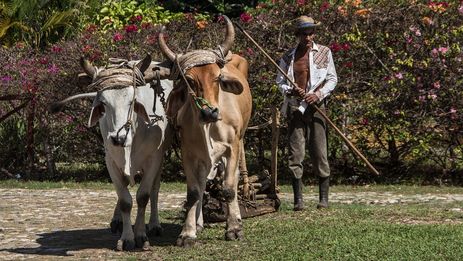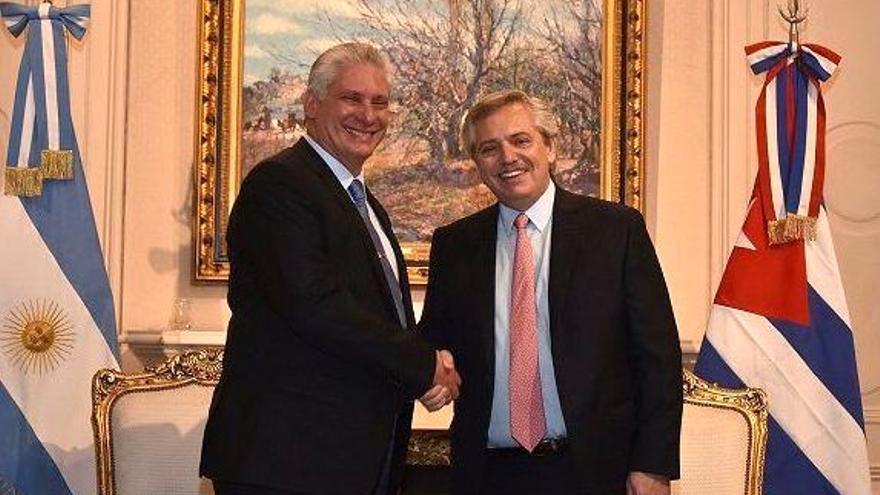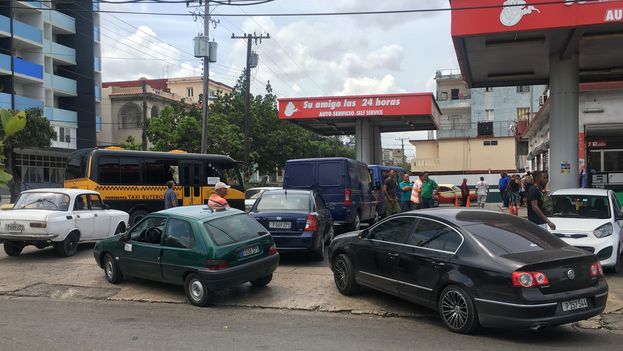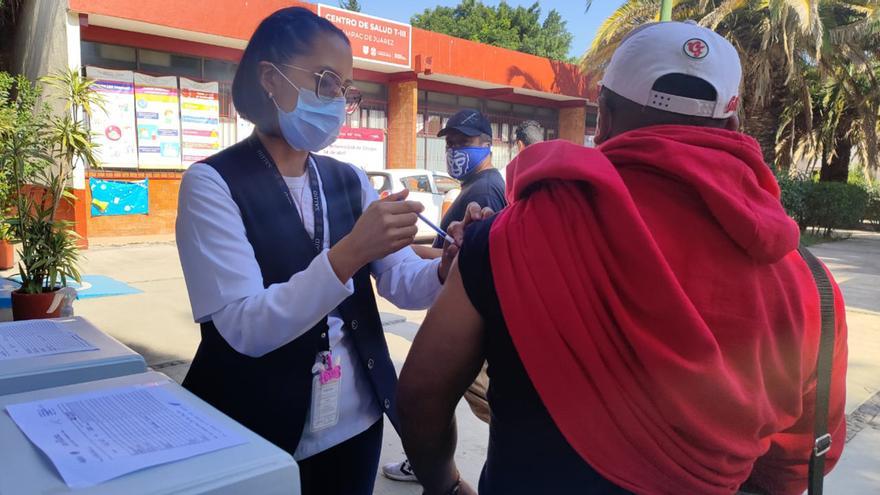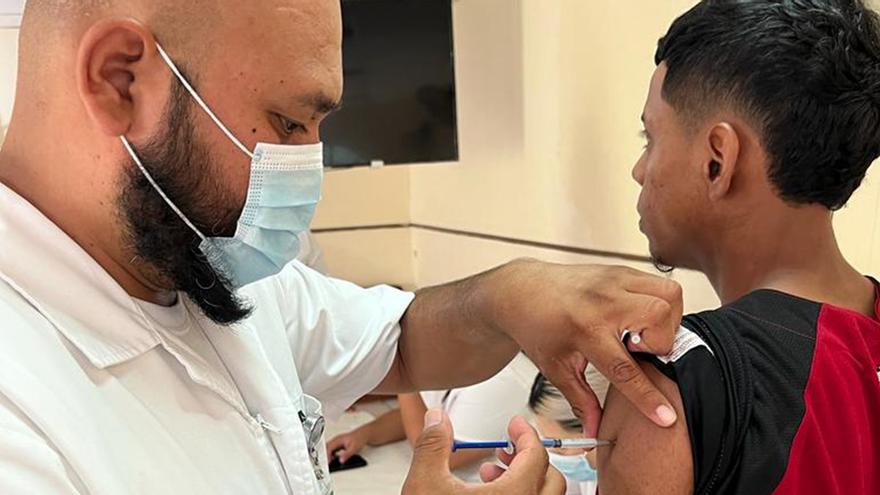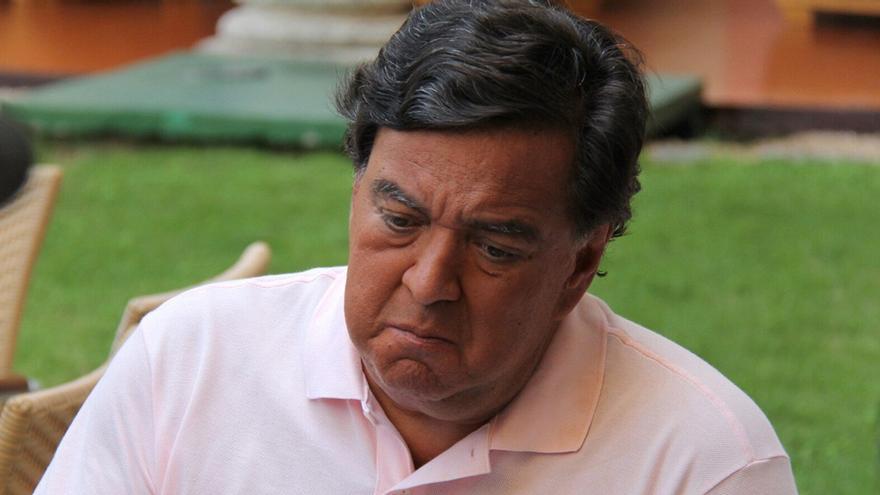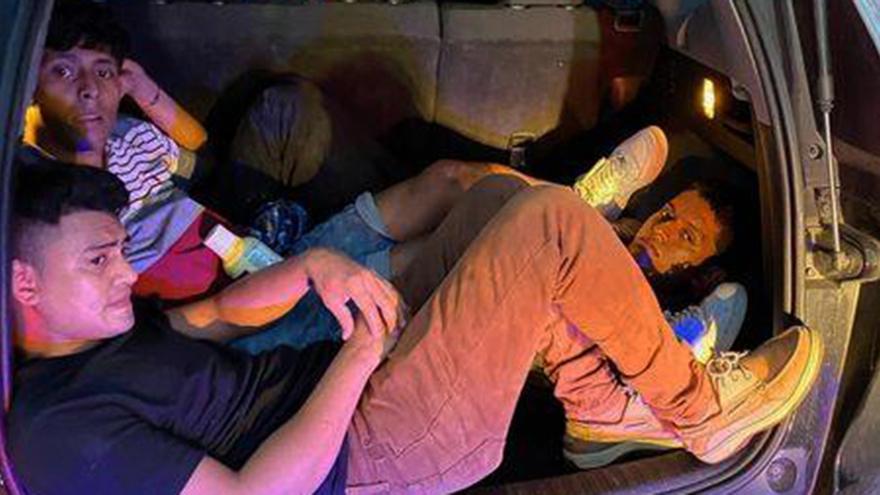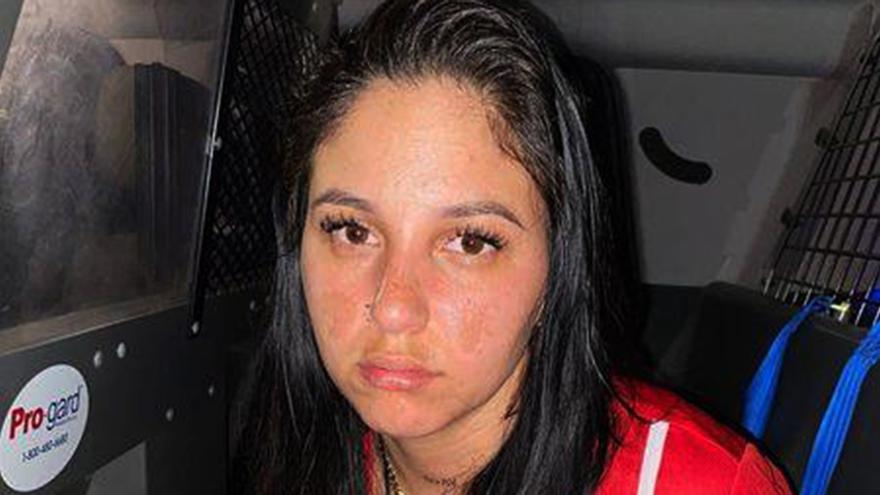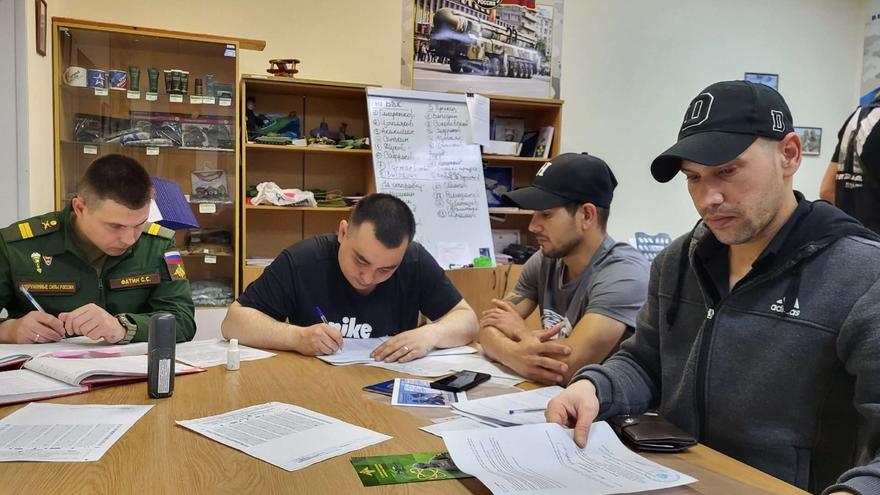
![]() 14ymedio, Madrid, 7 September 2023 — The opacity of the Cuban government on the subject of the recruitment of young people from the Island to fight with the Russian Army in Ukraine has aroused suspicion in its own ranks. The magazine close to the ruling party, La Joven Cuba [Cuban Youth], dedicated an editorial to the situation on Wednesday, demanding “information transparency” with the citizenry.
14ymedio, Madrid, 7 September 2023 — The opacity of the Cuban government on the subject of the recruitment of young people from the Island to fight with the Russian Army in Ukraine has aroused suspicion in its own ranks. The magazine close to the ruling party, La Joven Cuba [Cuban Youth], dedicated an editorial to the situation on Wednesday, demanding “information transparency” with the citizenry.
The text refers to the statement of the Ministry of Foreign Affairs in which, without giving a single detail, there was talk of a government operation against a “trafficking network of people” for which “criminal proceedings” have been initiated. La Joven Cuba asks that the modus operandi be explained about “its contractors in Russia, its facilitators in the national territory, what positions they occupy and the final destination of the Cubans who are currently in a war zone.”
The text considers that clarifying those doubts is relevant not only for national security and the lives of some of its citizens, but also to “generate awareness about the dangers that similar actions may involve in the future.” It refers to the trip to Kiev of Orlando Gutierrez-Boronat – whom they refer to as an “extreme-right Cuban-American opponent, supporter of a military invasion of the Island” – who claimed to have gone to Ukraine out of solidarity, while the regime accuses him of going to promote the exclusion of the Island (along with Russia) from international forums, including the United Nations.
Despite the obvious geopolitical alliance of the Cuban government with Vladimir Putin, Havana has never broken diplomatic relations with Ukraine
“This action is far from contributing to a peaceful solution of the conflict and could have serious political consequences, because despite the obvious geopolitical alliance of the Cuban government with Vladimir Putin, Havana has never broken diplomatic relations with Ukraine,” continues the editorial. It concludes, using a carrot and a stick, by saying that they demand clarity as much as they want Cuba to stay out of the war. continue reading
In the text there is a paragraph dedicated – like the title – to focusing attention on the use of the word “mercenaries” applied to those who fight on the Russian side, “a term so far reserved exclusively for the activities of sectors opposed to the Cuban government,” in the face of the “euphemism of ’private military company’ [used] by the state media on the Island.” However, La Joven Cuba limits itself to highlighting it, without making conjectures.
From the other side of the ideological trench, the demand for transparency is common ground. The Cuban Electoral Defense Commission (COCUDE) issued a statement on Wednesday urging the Government to immediately intercede with the authorities of Russia and Belarus to repatriate those who were deceived into fighting, “following the ’internationalist’ tradition that is instilled in Cubans from elementary school and throughout their lives.”
The organization calls for the cessation of all military collaboration with Russia and points out, in addition, that it is absolutely impossible that in a controlled state such as Cuba “the security services of the regime have just discovered a plot that obviously takes months, at the least, organizing itself in both Cuban and Russian territory.”
In this, the Ukrainian politician Oleksandr Merezhko agrees, and on Tuesday he rejected the statement of the Cuban Foreign Ministry, which he accused of lying. “The Cuban communist regime pretends that it has nothing to do with this “trafficking of people.” In reality, this totalitarian regime is on the side of the aggressor,” he shouted, asking the European Union to stop financing the Island because of its “pro-Russian” status.
But there are many doubts about this case. Last Tuesday, the journalist from América TeVé, Juan Manuel Cao, interviewed an alleged Cuban soldier who denied some of the complaints made by recruits Alex Vegas Díaz and Andorf Velázquez.
Identified as Lázaro González, second lieutenant of the Revolutionary Armed Forces (FAR), he said he spoke from Russia, where he is at the head of a company of about 90 Cubans, all of them with military knowledge, according to his testimony, for having completed their military service and being trained daily in the Eurasian country, with shooting classes included.
González said that the task of his troop is to support the Russian army as it occupies areas of Ukraine, that they all earn $2,000 and undergo medical examinations upon arrival in the country. The contracts, which the young recruits said they had seen only in Russian, are also in Spanish, the soldier said.
Everyone here has their passport and the immigration letter,” he said, adding that he could not reveal who had recruited him because it was “confidential” information
“Everyone here has their passport and the immigration letter,” he said, adding that he could not reveal who had recruited him because it was “confidential” information.
The press talks about Elena and Dayana, a Russian and a Cuban who allegedly carry out the operation. However, some media maintain the theory that it is a simulation using Artificial Intelligence, especially after an audio was leaked in which the answers were not only succinct but hardly understandable. “Can I quote your answer on this subject? We would like to know your version of the story,” asks the journalist, to which the voice replies: “There is reality and that is different.”
While doubts persist, among the relatives of the recruits who have reported being victims of the situation, the concern does not cease. Cary Díaz, mother of Alex Rolando Vegas Díaz, sent a video this Wednesday to journalist Mario Vallejo, in which she asks for help from anyone who can intercede, including the Catholic Church.
“He is 19 years old. He supposedly left with a work contract, and it turns out not to be true. A few unpleasant things happened but that’s not why they left, which was to work and earn a little money for their families in Cuba. Everything has changed, and their lives are in danger because they are being sent to the front line of combat,” she said with obvious anguish.
Translated by Regina Anavy
____________
COLLABORATE WITH OUR WORK: The 14ymedio team is committed to practicing serious journalism that reflects Cuba’s reality in all its depth. Thank you for joining us on this long journey. We invite you to continue supporting us by becoming a member of 14ymedio now. Together we can continue transforming journalism in Cuba.

